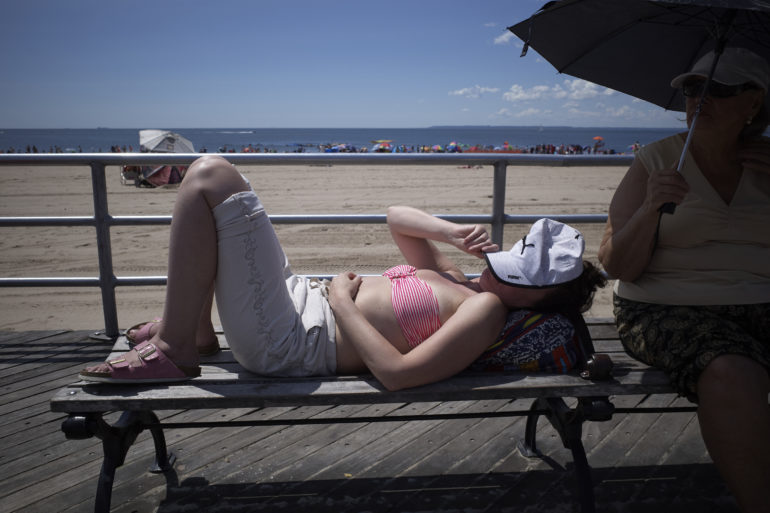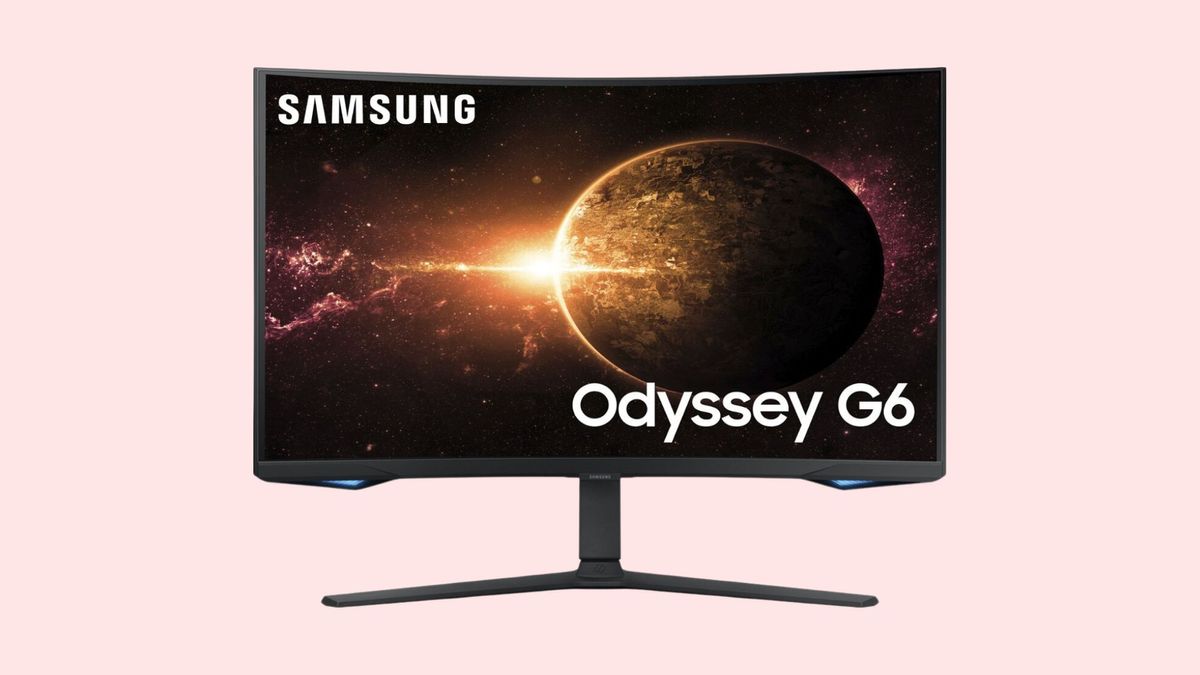
We had the opportunity to speak with Dan Orr, who is the product line manager and strategy director for Corning Gorilla Glass. We asked about the 7i glass that was announced today, but also overall trends in the industry.
Earlier this year Samsung launched the Galaxy S24 Ultra – among its many highlight features is Gorilla Glass Armor, sometimes referred to as just “Gorilla Armor”. What makes it special is the anti-reflective coating, which reduces reflectance by up to 75%, which enhances readability.
Orr says that durability is still important, but now the optical properties of the glass are in focus too. Armor reduces reflections, improves light transmittance (and with that outdoor readability too), plus color rendering.
Modern OLED displays are technological wonders – we’re seeing panels that can push out 4,000-5,000 nits. This is one way to fight glare and improve readability outside, but it comes at a cost. Lithium battery tech has not kept up with OLED development and those high brightness levels certainly put a strain on the battery.
With glass like Armor, the display can run at a lower brightness, while still achieving the same readability for the end user. And if you happen to find yourself at a beach at the equator at noon, then the phone still has the option to crank up the brightness. But for most situations, this should not be necessary.
Gorilla Armor (and similar glasses) will become more popular in the future, but for now, at least, the Galaxy S24 Ultra has exclusivity.
Armor pulls from multiple branches of the Gorilla family – Victus, of course, but also things like Gorilla Glass DX and DX+. DX was introduced a few years ago for use as glass cover above smartphone cameras – it reduced the glare cameras suffer when pointed at bright light sources.
However, combining the various things was not easy – the special coating used by Armor can’t just be applied to any glass, at least not with good results. Corning designed the glass and the coating to work together – the final result has the enhanced durability and scratch resistance that we expect with the new enhanced optical qualities.
Circling back to Gorilla Glass 7i, it is meant to fill the gap between Gorilla Glass 5 and the Victus series. There are already several mid-rangers with Victus, Victus+ and even Victus 2, so it’s not exclusive to flagships. However, not all phones can fit it within their budgets.
GG5, meanwhile, is a glass that launched in 2016, eight years ago. And it is still in active use even in 2024, with phones like the Nothing Phone (2a), Poco F6 Pro and others. Looking at last year, there are even more – Poco F5, Xiaomi 13T, Galaxy A34. Some flagship devices used it for their back covers, e.g. the OnePlus 11 and Oppo Find X5 Pro.
But those are phones with 6.7” to 6.8” displays (and the back is the same size), while the average screen size in 2016 was just 5.3”. This means that GG5 was designed for a world where phones were much smaller – and much lighter too. Modern phones are heavier in part due to their larger size and also because of their larger batteries. The internal structure of phones has changed too, since larger devices are easier to bend and flex, makers had to make them stiffer and more durable (and that adds more weight).
The average phone weight in 2016 was 156g. Looking at some modern examples, the Galaxy S24 is 167g, the Zenfone 10 is 172g and the Pixel 8a 188g. And these are what pass for “small” phones these days, the 6.7+ inch models are often over 200g. Larger glass is more vulnerable. Heavier phones make for stronger impacts. The math doesn’t look good.
Gorilla Glass 7i is a seventh generation glass and it is more durable than its predecessors. Corning claims that it’s tougher than competing glasses in this segment too – capable of surviving drops onto asphalt from 1m (3.3ft) height, twice the height that can crack competing glasses. And 7i is said to have double the scratch resistance of those glasses too.
We’d like to thank Dan Orr and the team at Corning for talking to us about what’s been going on with smartphone glass and what is yet to come.






